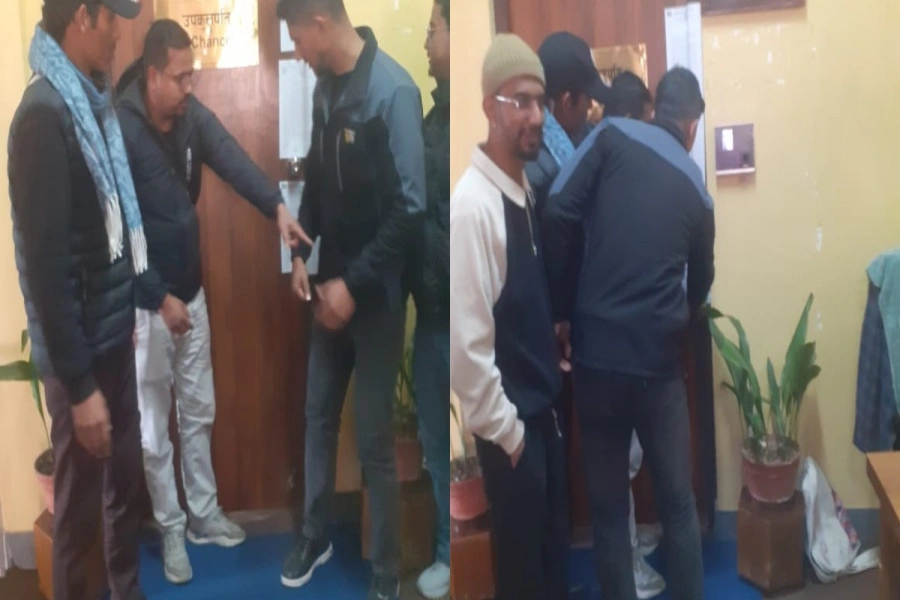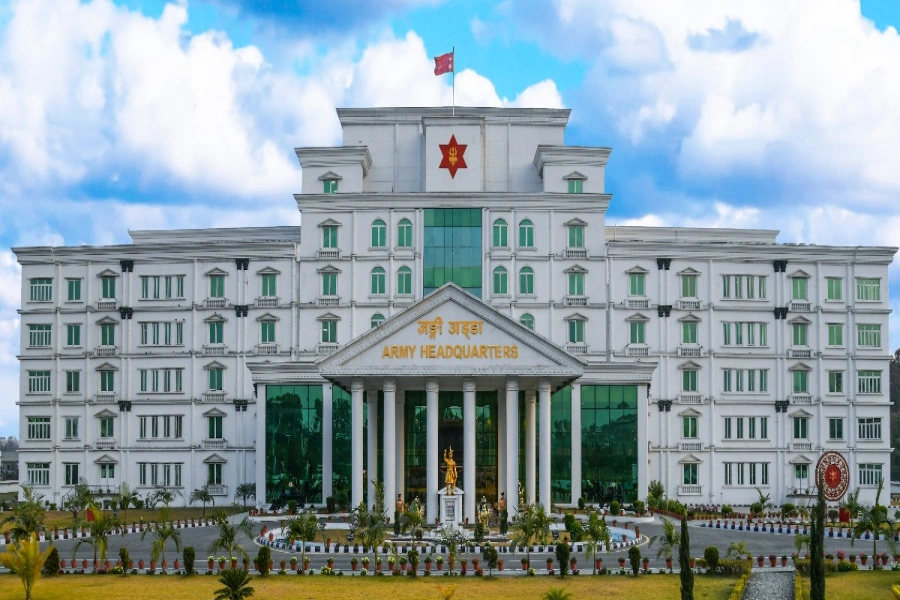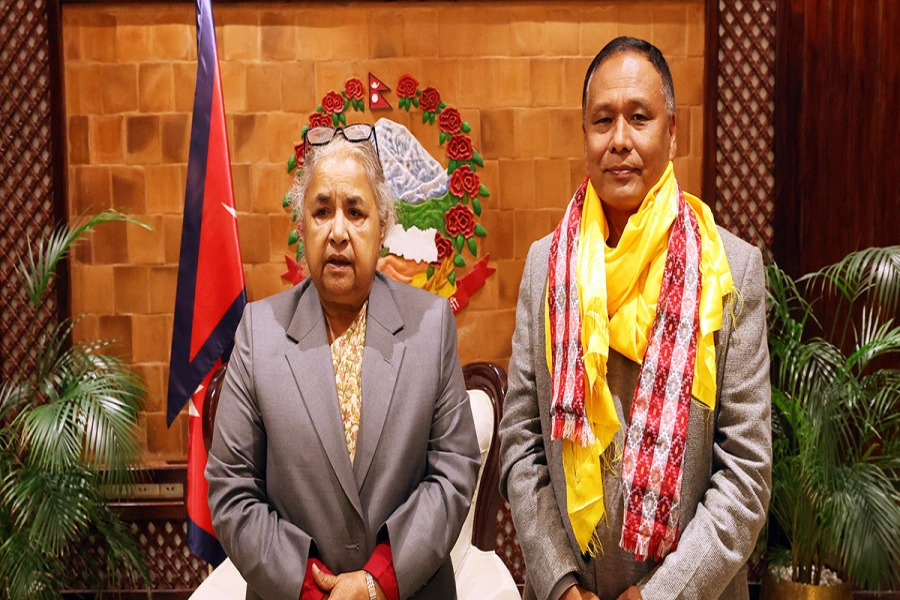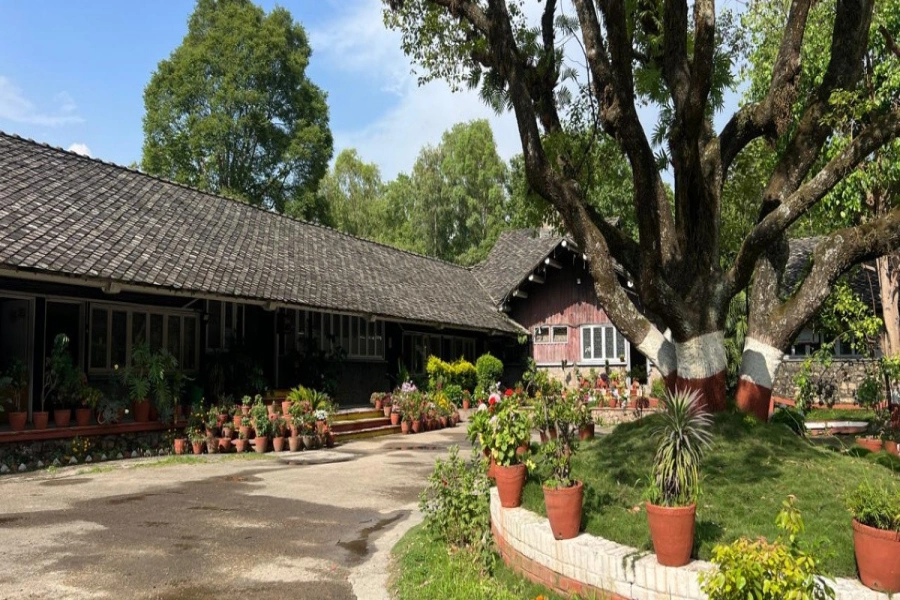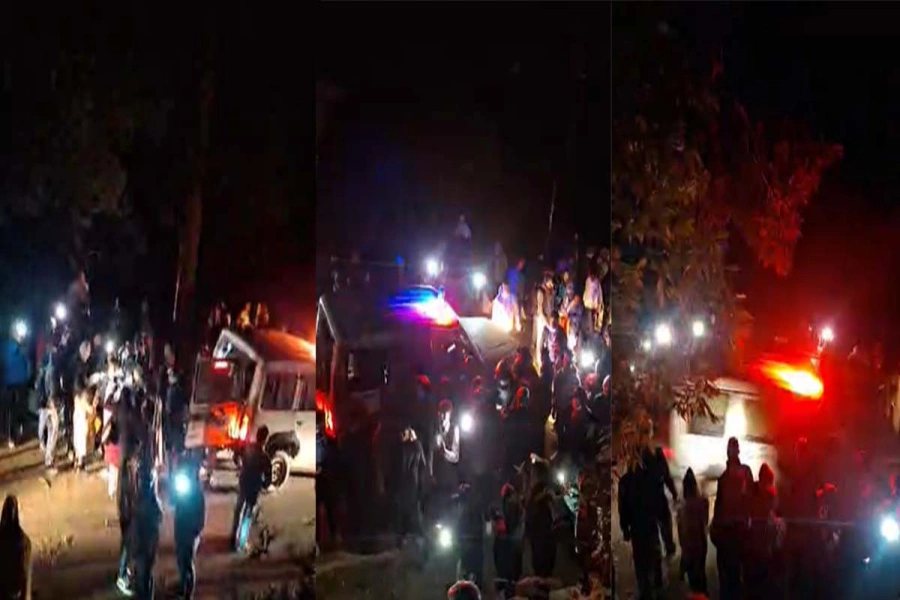KATHMANDU: It is the cause, not the death that makes the martyr. – Napoleon Bonaparte.
The 16th of the Nepali month of Magh is commemorated as the Martyrs Day every year. It is a day when the nation pays tributes to the brave sons and daughters who gave their life for the greater cause of the country and the people. This is also an occasion to relive the sacrifices made by the martyrs for the values and principles which they dearly cherished, and also the moment to reflect how much we have contributed to upholding these values.
The Martyrs Day is the opportunity to remember the glorious history of our country and how we evolved as a nation through the struggles and contributions of martyrs. The word ‘martyr’ itself evokes a sense of glory and how a person can heartily take up death for a pious cause and greater good of the country. Like the above quotation asserts, it is the cause for which a person has sacrificed life for that makes a person fit to be called a martyr and not the death itself.
The Martyrs Day is dedicated to the four great souls that mother Nepal gave birth to – Shukra Raj Shastri, Dharma Bhakta Mathema, Dasharath Chand and Ganga Lal Shrestha - as well as to other known and unknown martyrs, who gave their life for upholding freedom, democracy, equality and justice. Hail the martyrs who embraced death so that we would be able to enjoy the benefits of all the values they were deprived of.
Devaluing of martyrs and martyrdom
Martyrs, my friend, have to choose between being forgotten, mocked or used. As for being understood – never. – Albert Camus
As Camus says in the above quotation, it is a little disheartening that martyrs and martyrdom in the context of Nepal have either been forgotten, sometimes even mocked like in the case of late king Prithvi Narayan Shah, used as when political parties use or misuse the name of a certain martyr for party’s cause and give political colors to his/her martyrdom and - never understood.
Perhaps ours is the only country in the world which is so ‘liberal’ in declaring a person a martyr. This has become the trend especially after the people’s movement of 1990 and more so in the period following the second people’s movement of 2006 and the numerous political movements that ensued. In the euphoria of political movement, the political parties and their leaders forgot what exactly martyrdom is. This brings us to the question - martyrdom for what and for whom? Is it for the larger national cause or for a certain political cause? Is it for the nation or for some particular group or stripe? It is about time that our political leadership woke up and gave a clear definition of a martyr.
If we care to carefully read our history, there was a time particularly after the successes of each political movement when a certain brand of people would demand with the State that those people who got killed in course of protests or in clashes with the police should be declared as martyrs. There were many instances in which ridiculous demands would be placed by parties, interest groups, syndicates and pressure groups of every hue that even persons killed in accidents should be declared as martyrs, driven by the ex-gratia support of one million rupees that the State provides to the family of the martyr. And, in some cases the governments of that time have obliged to such demands. This was how the great martyrs and their martyrdom were belittled. It is bound to be like that when martyrdom is for cheap sale and martyrs are declared as and when demanded.
It would be contextual here to mention that the trend of declaring people who got killed in course of the decade-long conflict, the 2006 People’s Movement, the Madhes Movement and the other movements for identity as martyrs has flourished. But the government lacks exact data regarding the number of people who were declared as martyrs like this. The government also does not have a clear definition and policy on martyrs.
Although the government formed two commissions after 2006 /07 political change to study and recommend the criteria for martyr in the face of widespread criticism that who should be called a martyr, there is no definite definition of martyr or a sound policy. The two commissions, after carrying out their job, submitted reports to the government. But the reports have not been implemented yet. The government formed two separate commissions for specifying the criteria and qualification for martyr – one under the convenorship of writer Mr Modnath Prashrit and another under the coordination of politician Nawaraj Subedi.
Many people have also lost their lives in the protest movement that have been waged expressing dissatisfaction over the present constitution after its promulgation. The government has formed a commission to keep a record of the people who lost their lives to the latest Madhes movement for declaring them as martyrs and this commission is carrying out its works. So, we are going to have more martyrs’ names added to the already burgeoning list of martyrs.
Giving martyrs the due respect
Let us all be brave enough to die the death of a martyr, but let no one lust for martyrdom. – Mahatma Gandhi
These words by Mahatma Gandhi would be the most appropriate reminder of what a martyr and martyrdom stand for as we commemorate the Martyrs Day once again this year today.
Let us value our great martyrs and work together to fulfill their dreams imbibing the values the martyrs died for. This is, was and will be the message of the Martyrs Day. Hail the Martyrs! RSS
We’ll declare martyrs of people’s war as national martyrs: PM D...




